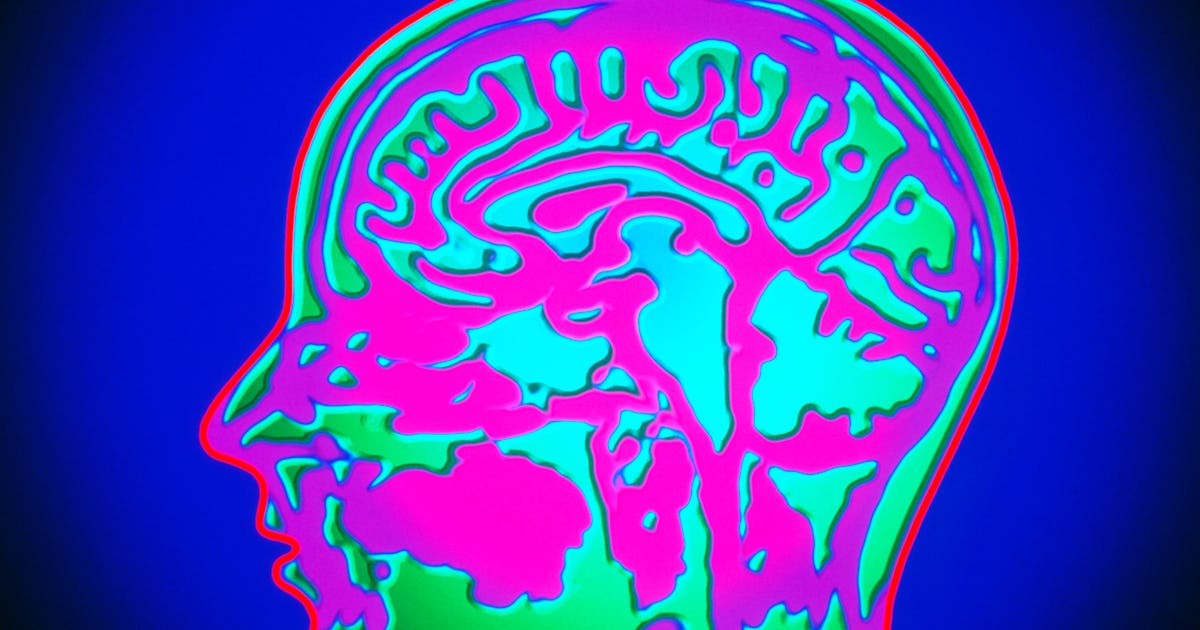
Some 29.5 million Americans suffer from migraines — extreme headaches often characterized by nausea and increased sensitivity to light and sound. Migraines are the second leading cause of disability worldwide (and the leading cause among young women) but there is no cure.
Migraines are linked to a range of psychiatric conditions, and individuals who experience migraines are at an increased risk for major depression and anxiety. The relationship between migraines and poor mental health is driven by multiple components, including genetic and environmental factors. But just as migraines can impede the mind, so can mind-strengthening exercises support resilience.
“Relaxation exercises, like guided meditation, deep breathing, and progressive muscle relaxation can also all be helpful when practiced daily in reducing migraine and helping a migraine attack when it occurs,” explains Jessica Ailani, a clinical professor of neurology at MedStar’s Georgetown University Hospital and director of the MedStar Georgetown Headache Center in Washington D.C.
Other proven treatments include biofeedback and migraine-focused cognitive behavioral training. There is also the potential of mindfulness, a mind-body therapy that teaches non-judgmental awareness of the present moment. Mindfulness is known to diminish negative emotional responses to stress and pain, making it an exciting candidate for further study.
“Although one can learn mindfulness through meditation, the skill goes far beyond meditation and can be used throughout the day to help disentangle how you are feeling and behaving from the events that occur throughout your day,” Elizabeth Seng tells me. Seng is an assistant professor at Yeshiva University and a research assistant professor at Albert Einstein College of Medicine in New York.
Mindfulness and migraines
Seng studies the psychosocial factors associated with migraines and received a grant of $1.8 million to analyze the use of mindfulness-based cognitive therapy (MBCT) to mitigate migraines. MBCT engages mindfulness in a handful of ways, including but not limited to meditation and “guided inquiry” thought exercises.
A 2021 study conducted by Seng and colleagues suggests MBCT is a promising treatment for reducing headache-related disability, especially for those who experience episodic migraines rather than chronic migraines.
A 2019 study, also co-authored by Seng, came to a similar conclusion. Meanwhile, a 2020 study led by a different team found that mindfulness-based stress reduction — a standardized mind-body treatment combined with yoga — was equally effective as a headache education program in reducing the number of days lived with migraines. However, only the mindfulness program lessened disability and improved quality of life, well-being, and depression scores.
“Mindfulness trains your body to respond rather than react”
Seng says there are several biologically plausible reasons learning mindfulness may help migraines.
“Mindfulness trains your body to respond rather than react to stressful changes in your environment,” she explains.
“As high levels of stress have been implicated in migraine attack onset, we would think that most stress management tools could be useful for migraine,” she adds.
There’s still much we don’t know, Seng says. For example, there have been no Phase III randomized clinical trials of any mindfulness-based intervention for migraines, a next step that’s essential for really knowing what’s going on.
But multiple large pilot studies do show that mindfulness training — without much guidance about how to apply it directly to migraines — is “unlikely to have an appreciable effect on migraine outcomes but does seem to produce substantial improvements in migraine-related disability,” Seng says.
This finding is useful because it shows it can help with disability and it clearly demonstrates headache frequency is not the only driver of migraine-related disability, Seng explains.
Adding on migraine-specific training elements may also be a way to broaden the impact of mindfulness training to address disability and headache frequency, she adds.
Migraines treatments with “grade A evidence”
Biofeedback, relaxation response training, and migraine-focused cognitive behavioral therapy “all have grade A evidence” to reduce migraine frequency, Seng says.
“Cognitive-behavioral therapy modifies both thoughts and behaviors to reduce migraine frequency,” Seng says.
“This most commonly includes stress management, improving sleep quality, increasing physical activity, and improving consistent healthy eating and hydration.”
Migraine-focused cognitive behavioral therapy can also include lifestyle counseling and teaching individuals how to cope with the fear of migraine attacks. Research suggests a combination of preventive medication and migraine management via therapy can be quite effective at reducing the number of headache days and disability.
Biofeedback is also a mind-body therapy, but in this case, painless sensors are used to measure and monitor bodily functions like brain waves, heart rate, and muscle contractions. By observing the body’s reaction in real-time, individuals can learn how to control processes that are usually viewed as involuntary.
According to the American Migraine Foundation, biofeedback and relaxation training can yield a 45 to 60 percent reduction in headache frequency and severity. When combined with the medication propranolol, the improvement can grow to a 70 percent reduction.
“We need diverse treatment options to address all of the sources of migraine-related disability in our patients,” Seng says.